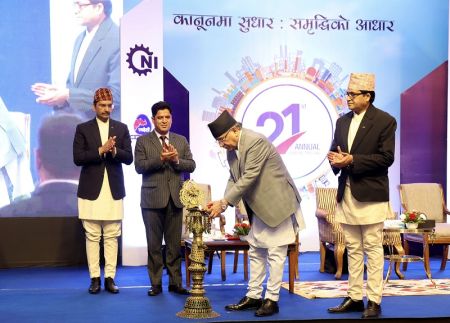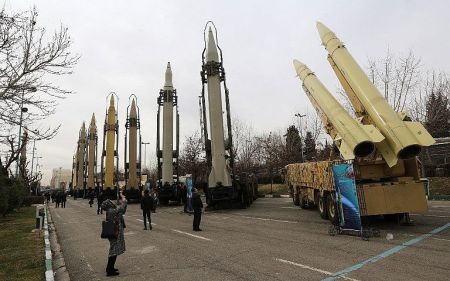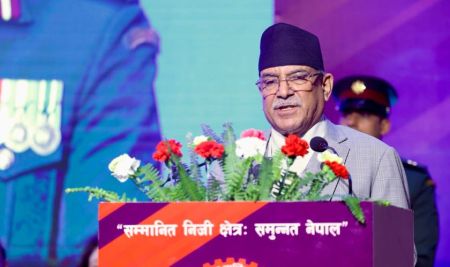Carefully designed and nurtured rituals can create engaging environment for new entrants into the organisation, and instill a sense of shared purpose and experience.
--BY Dinkar Nepal
"What are your pressing HR issues?" I asked the HR director of a multinational operating in Kathmandu while designing a workshop. The prompt reply was: "We hire new people to replace the old ones. But due to some reasons, it’s the new ones who leave, within a while, most of the time."
Nepal, at present, is undoubtedly a manager's nightmare. The political turmoil, the 'business unfriendly' labor laws, and the work culture have scared away many potential businesses and would-be investors. And those who are already rooted in the country are having a tough time dealing with these issues.
Most of the organizations in Nepal are dealing with high turnover of employees but they cannot be completely blamed for it. There are clearly evident structural reasons. Drawing out from the tradition of migrating to foreign lands that started two centuries back in the form of the recruitment of the Gorkha soldiers in the British Army, the first choice of most of the youths in Nepal is to go abroad for work. The conflict and the political instability accentuated the trend.
However, despite the environmental challenges, from the management perspective the lack of skills and lack of focus on the human resource development also have a role to play. Retention of employees remains a huge concern but the managers seem to be unequipped to deal with the challenge. Solutions are either looked through the cliche 'carrot and stick' methods or simply thought unachievable, accepting high turnover of employees as an environmental challenge that cannot be solved.
A study conducted by Gallup.com states that only 13 percent employees feel engaged to their work worldwide. This figure for South Asia is 10 percent. The statistics, when corroborated with the anecdotal evidence from the leaders here in the industry, show a grim picture. The less the employees feel engaged to their work, the worse the performance of the organization and more difficult the retention. Therefore, the biggest challenge today for leaders in Nepal, like everywhere else, is creating an engaging organizational culture.
For lessons on how to create an engaging work culture that builds a sense of belongingness among the team members, we can look at one of the most challenging and best performing team endeavors in human history: the military and the sports.
Many of modern day management concepts have their roots in the military for the right reasons. The military, one of the oldest organized endeavors, has through thousands of years of learning, practice and evolution formalized a structure and work culture that depends highly on the morale and motivation of the members.
Deriving from a close study of human behaviour in demanding circumstances, the military has a system in place to make the members imbibe the ethos of the organization. Starting from inculcating a sense of pride in being a member of the 'Warrior Community', loyalty to the individual units are earned through strong culture and strictly followed rituals to support them. Unlike what non-military types mostly believe, it’s the sense of belongingness that ensures discipline and drives performance in a military organization.
The officers in the British Gurkha, or the Indian Gorkha, for example, are made to spend time with the soldiers in the barracks for the initial months. In the Indian Army, the officer is not 'dined in' to the Officer's Mess unless he learns the language and culture of the troops of the regiment.
A new officer is made to perform the duties of the soldier, as a sentry in the post, an office orderly, a company clerk, a cook in the mess, etc for the first few days. Progressively he is made to undergo responsibilities meant for higher ranks and brought up to the level of officer by working up the ladder for two to three months.
Personally, I felt that this ritual helped in a strong bonding between the officer and the men under his command; it also helped the leader to understand the organization from the perspective of the people who are supposed to work under him. The gains from this orientation ritual remain with the officer throughout his life, making him a compassionate and knowledgeable leader in a demanding work environment.
Similarly, sports is another very demanding team endeavor, although it cannot match the life and death situation of the military. Paulo Guezi and Dino Ruta, in a book, titled 'Tools and techniques for successful team leadership from the sports world', write that sports coaches typically use rituals to build social bonds between team members.
They quote Gianluca Vialli, former player and head coach of Premier league Chelsea:
“At Chelsea we had an ‘initiation ritual’ for newcomers. During the training camp at the beginning of the season, the new players had to get up on a table, in front of all their teammates, and sing a song that represented their country. For example, Roberto di Matteo and I sang ‘Volare’ … It was a way to get players who came from different cultures to come together. After getting over the natural initial sense of embarrassment, we felt accepted, and truly became a part of the group.”
All organizations have a culture, whether intentionally designed or not. The pillars of that culture are the rituals – the everyday routines (coffee breaks, tea time) to major events like annual meetings and promotion parties. In the military and in sports, the rituals are taken seriously. And some of the high performing organizations in the corporate world are also doing so.
Facebook has an internal workshop open to everyone on campus named the Facebook’s Analog Research Lab. Employees can create any posters they want, on any topic they care about, and put them up anywhere in the campus.
Mollie West and Kate McCoubrey Judson write in a huffington post article that 'Facebook has always valued openness, creativity, and giving everyone the power to build things. Poster-making is a powerful expression of this. It's a great example of a ritual, a meaningful recurring practice that connects employees to an organization's core beliefs.'
Similarly, when the cloud service company Dropbox makes an offer to a new employee, the employee receives a special delivery at home:
A smiling cupcake kit in a beautifully designed box. This ritual reflects Dropbox's fun nature, and brings delight to its employees even before they've joined the company.
Carefully designed and nurtured rituals can create engaging environment for new entrants into the organisation, and instill a sense of shared purpose and experience. They have to be designed around the organization's purpose, and have to reinforce the mindset and behaviours that help the members of the organisation deliver on the set of values of the organisation.
Rituals that are designed considering the existing culture, beliefs, and behaviours can stick. Even better are rituals that start organically and grow as an inseparable part of the organisation.
As Guezi writes in a Harvard Business review article: all the high performing sports teams and companies they studied for the book had leaders making extensive use of rituals. Indeed, in the sports context, creating or reviving club rituals is almost the first thing that a new coach does — especially in a team turnaround situation.
High performing military and sports teams have their work culture bound with rituals. Smart business leaders do the same, and in Guezi's words, "If performance is struggling at your company, maybe a bit more ritual can deliver that sense of shared identity, stakeholder commitment, emotional energy, and productive behavior that you’re looking for."






















